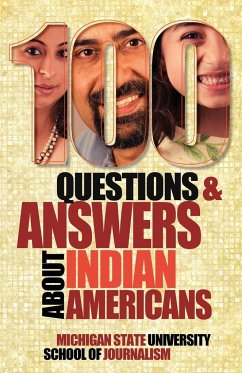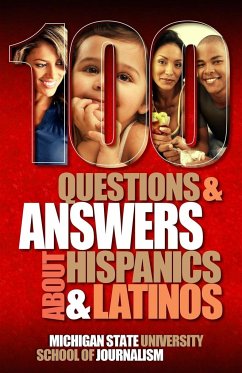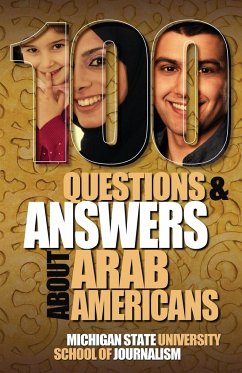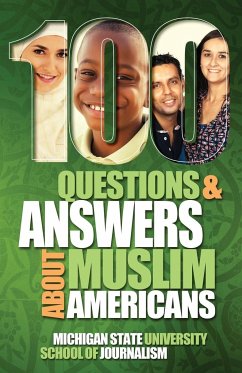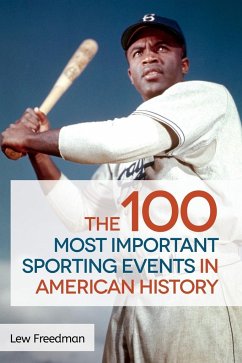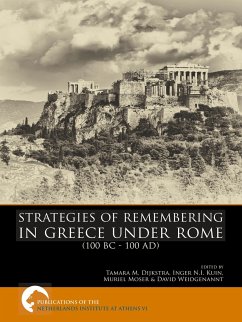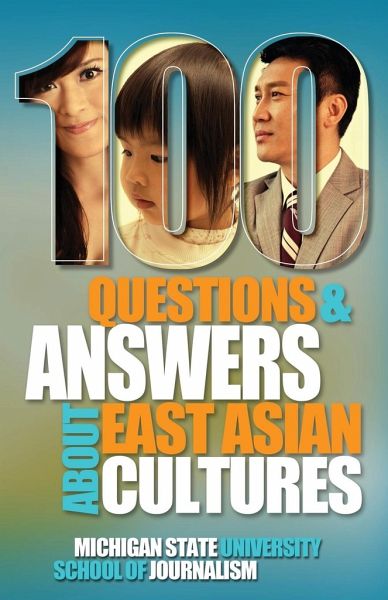
100 Questions and Answers about East Asian Cultures
Versandkostenfrei!
Versandfertig in 1-2 Wochen
15,99 €
inkl. MwSt.

PAYBACK Punkte
8 °P sammeln!
"One Hundred Questions and Answers About East Asian Cultures" is part of the Michigan State University School of Journalism series in cultural competence. This guide has sections on East Asian cultures, languages, religions, social norms, politics, history, politics, families and food. The guide is intended for people in business, schools, places of worship, government, medicine, law enforcement, human resources and journalism-anywhere it is important to know more about communities. We intended this guide for individuals and for groups. Questions include: What are major differences between Eas...
"One Hundred Questions and Answers About East Asian Cultures" is part of the Michigan State University School of Journalism series in cultural competence. This guide has sections on East Asian cultures, languages, religions, social norms, politics, history, politics, families and food. The guide is intended for people in business, schools, places of worship, government, medicine, law enforcement, human resources and journalism-anywhere it is important to know more about communities. We intended this guide for individuals and for groups. Questions include: What are major differences between East and Southeast Asia? Is it OK to ask Asians "where are you from?" What is the difference between South Korea and North Korea? What type of governments do East Asian countries have? What is the difference between China and Taiwan? Is Hong Kong different from China? Does one culture dominate East Asia? Do Asians value group success more than individual success? Is collective orientation related to "family honor" in Asian culture? What does it mean to "save face" or "lose face?" Why do some East Asians apologize so often? What is the humility or modesty value? What are Asian customs for bowing? What are gift-giving traditions in East Asia? Are East Asians generally more reserved than Americans? Why do some Asians take "American" names? Why is everyone named Lee or Kim? What is feng shui? Why do Chinese wear white or black at funerals but red at weddings? There's Japanese kendo and judo, Korean taekwondo, and Chinese kung fu and tai chi. Does Asian culture encourage fighting? What are major holidays for East Asians? How do Asians celebrate the Lunar New Year? What is the meaning of different animal years and the Chinese Zodiac? Are there beliefs about certain numbers in East Asia? What are manga and anime? What is Hello Kitty and what is "kawaii?" What is "hallyu," or the Korean wave? Did karaoke begin in Asia? What is behind the emphasis on respect for elders? Do Asian parents try to control their children's lives? What is China's "one-child policy?" Why do some East Asians value males more than females? Do East Asians get divorced and, if so, is it looked down upon? Is intermarriage discouraged? Does knowing one East Asian language make it easier to learn another? What are the major languages in China? Is it difficult for East Asians to learn English? Some East Asians seem to speak loudly and some seem quiet. Why?





